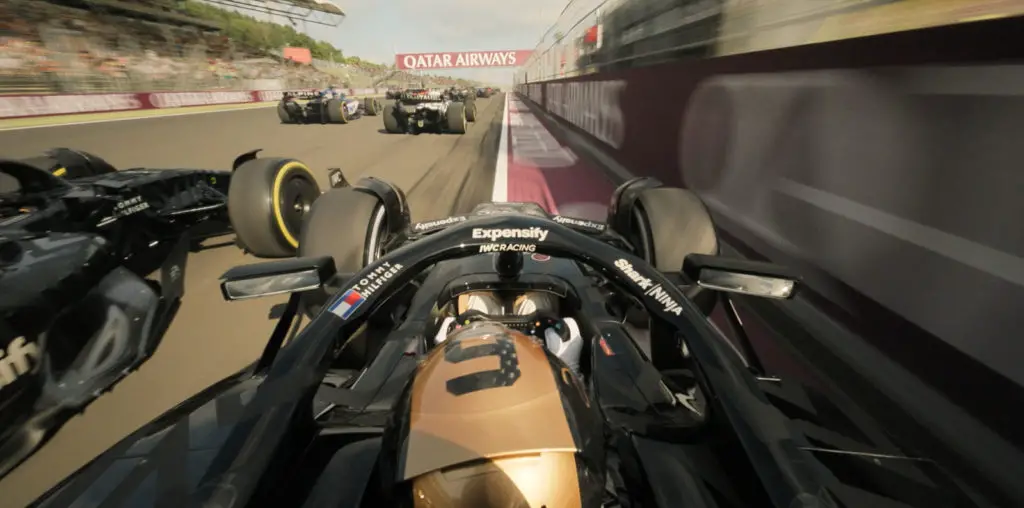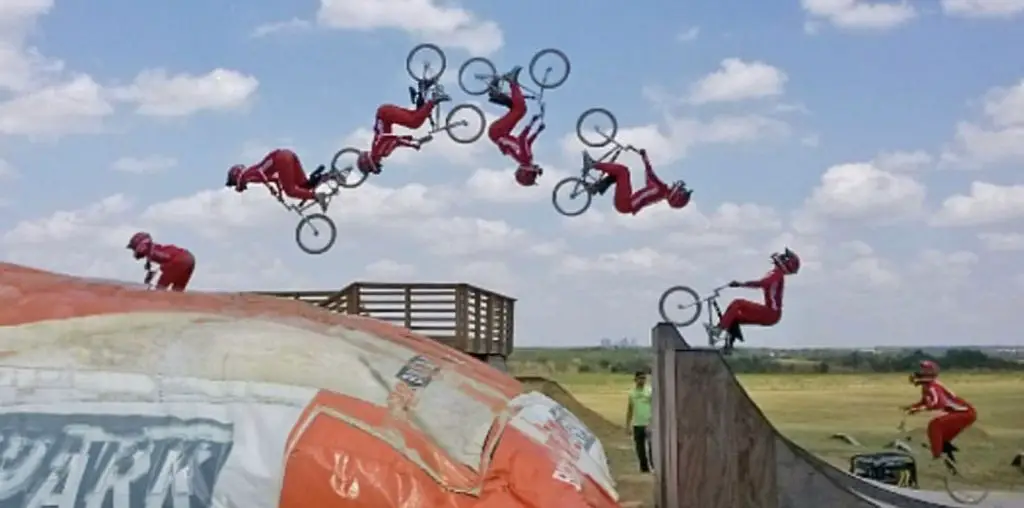
When did SaS Films begin? And why did it begin? ^ SaS Films basically started up in the winter of 1999-2000 when my parents got me a video camera for Christmas. At the time I didn’t really know what I wanted to film, so I shot what I loved most: skiing. Every weekend my friends and I would build jumps in my yard or head out to whatever ski areas we could afford and ride the park all day. Our tricks weren’t really that great and the videos we made weren’t very impressive, but being out on the mountain with the camera made us realize how many local kids were into jumping and how much talent was floating around New England. ^ The whole goal of SaS Films is simply to give exposure to riders, and to promote our sport outside of the norms people typically associate with skiing and snowboarding. In the fall of 2000 we basically had nothing to do except dream about the upcoming season, so we put a web site together. It started off sometime between Thanksgiving and Christmas with 5 video clips, a news page, and some random info about ourselves. Sometime in early January I decided to totally redesign the site along with my good friend that I met at school, Dave Foster. Thanks to his code and lots of input we totally changed the site, added lots of new features, and we began updating it weekly, sometimes more, with new clips and news. By the end of the season we were hosting over 300 video clips from 75+ riders.
The presentation of films and originally video programs on the Internet has, for the most part, been a conspicuous failure. How is it that SaS Films is finding an audience online while megabuck webcasting sites were in the forefront of the dot-bomb implosion? ^ We boost our audience by going out and meeting people. Last year we made it to at least 10 competitions and logged over 100 days on the slopes otherwise. One of the best things about filming people ripping up the park is that they can go home and watch themselves. Being able to watch yourself on film and analyze your mistakes is one of the best ways to improve your skills. SaS is totally non-profit, we don’t get any money, and we don’t make any money, we do it all for fun. As long as people keep huckin’ on the ski slopes we’ll keep filming, whether people visit the site or not.
How did you originally get the word out to bring films to the site? How many films are currently online and where do they come from? ^ All the short videos and clips on sasfilms.com are 100% genuine. There are a handful of park junkies that film for the site — Todd Dostal, Dave Lemelin, Mark Bradshaw, Matt Riha, and myself — shot nearly all the footage from last season. As you can see by looking at the gallery, most of our footage comes from Mount Snow for one main reason: every year they build the biggest, sickest, park on the east coast, hands down. We try to cover as many competitions as we can, four to six hour drives became a weekend habit. ^ We’re always looking for more people to film and we gladly accept footage, the only thing we try not to do is post clips that you can find else where on the Net. Next year will be our second season online and we’re hoping to post at least 20 clips per week, or more.
What is required in terms of time, money and energy to keep SaS Films online? How many people are involved in the production and maintenance of the site? And how do you balance your studies and your web work? ^ SaS Films would not exist if not for the efforts of Dave Foster. Dave spends as much time writing code as I do filming. There is too much work for one person to do alone. Dave Lemlin is another person who puts a great deal of time and effort into the site. Dave Lemlin deals with a lot of our public relations and is working on getting us some hoodies and other swag made up. He is currently talking to ski areas trying to set up competitions hosted by SaS. Basically, we want to sell gear, then turn around and use the money to host a competition and give whatever $$$ that is left away as prizes. ^ For now, any issue involving money comes out of my own pocket basically. However, when I buy things for the site it doesn’t seem like any big expense, because im spending money on something that I enjoy doing, and I plan on keeping it going as long as I can. Money is a small factor compared to the time that goes into the site. As far as school work goes, I’ll just say that I leave myself enough time to get it done, BUT when it snows…
The people in the films presented on your site are not professional athletes, and the people behind the camera are not professional filmmakers. And yet the site offers a high quotient of energy and excitement… and it is often more entertaining than many so-called “cinema” webcasting sites. What are your filmmakers doing correctly that so many other filmmakers aren’t? ^ I don’t feel like I’m in any position to critique anyone else’s work. Basically, I visualize a shot and then I shoot it. I don’t spend a lot of time thinking about composure or lighting, I just try to imagine how it will look when people watch it later on. My favorite shots to setup are when I follow people over the jumps with the camera. Check out this clip of Ben Grunow if you want to see what I’m talking about. As far as “energy and excitement,” I would say all the credit goes to the riders, they are the ones who make the site worth viewing.
You’ve reviewed a surplus of sports footage. From an æsthetic cinematic standpoint, what is required to properly capture sports on film? ^ Personally, I think being a good rider means you have two things, style and flow. I try to incorporate the same qualities onto film. Style entertains the crowd, flow keeps them watching. If the camera isn’t steady or my editing comes out choppy you won’t find it on the site.
Get the whole interview in part three of NEIL SOTIRAKOPOULOUS: A DIGITAL SNOW JOB>>>

